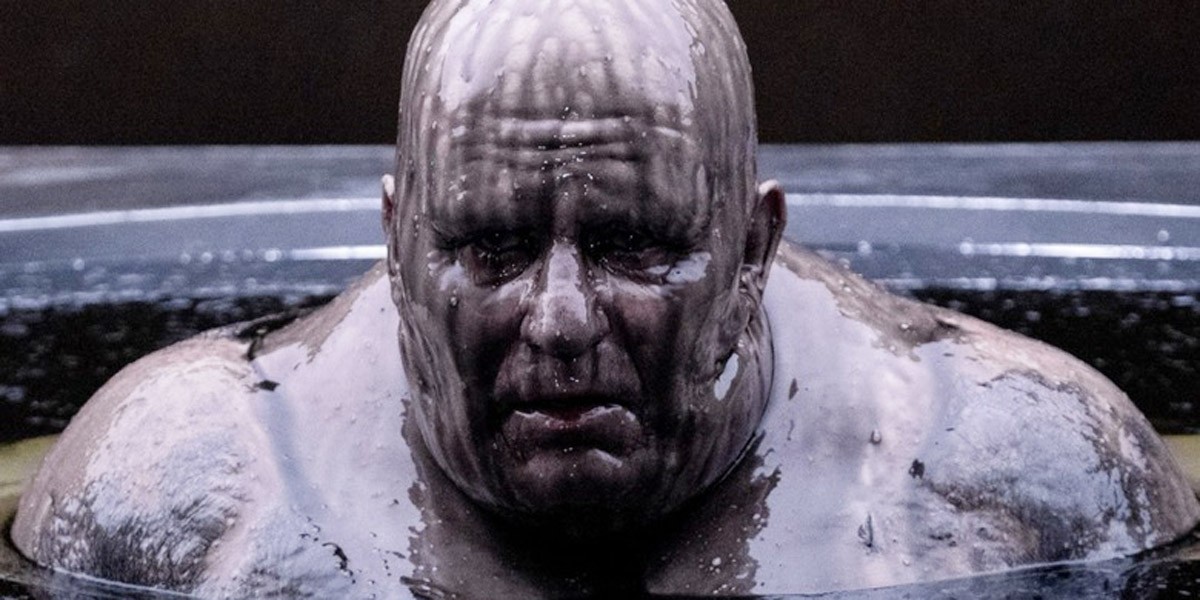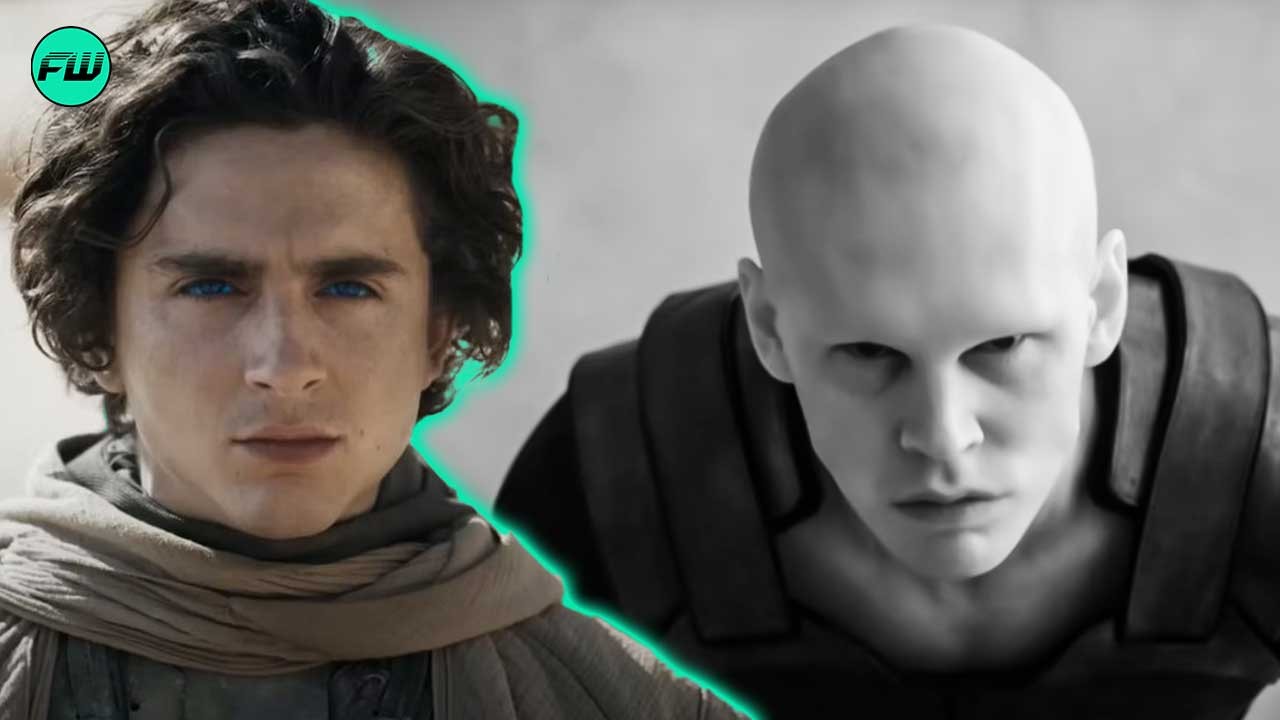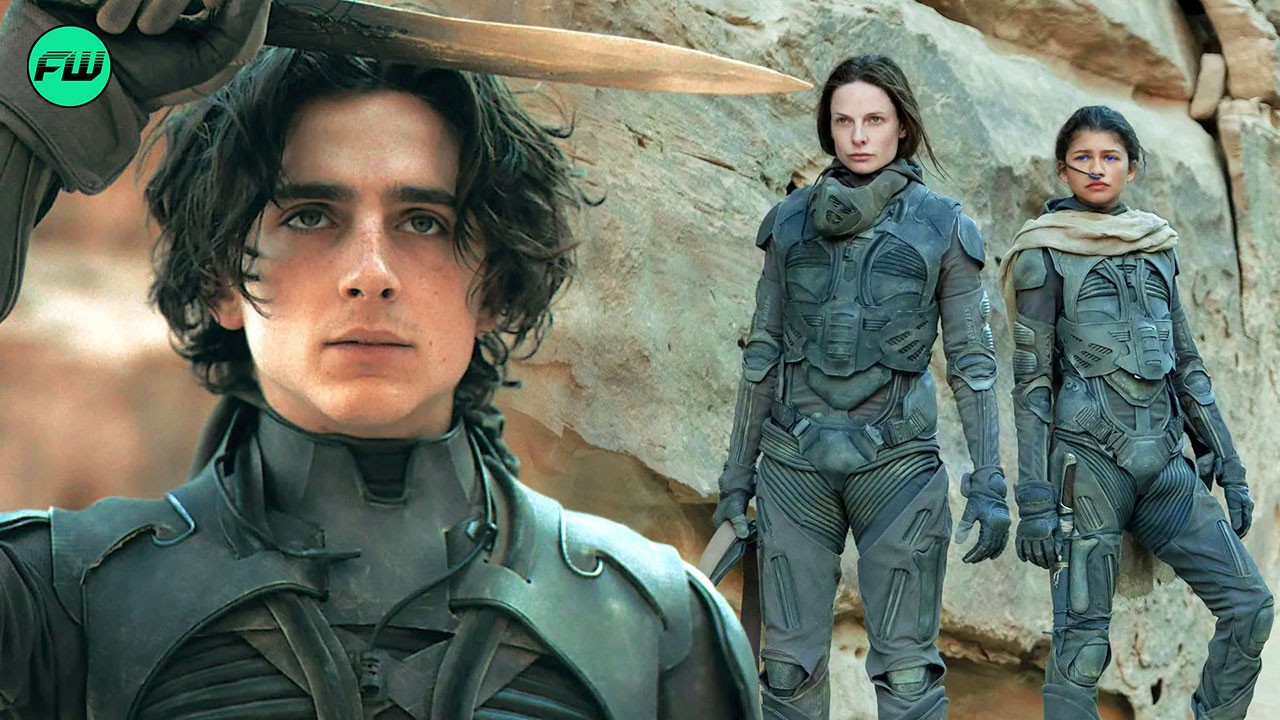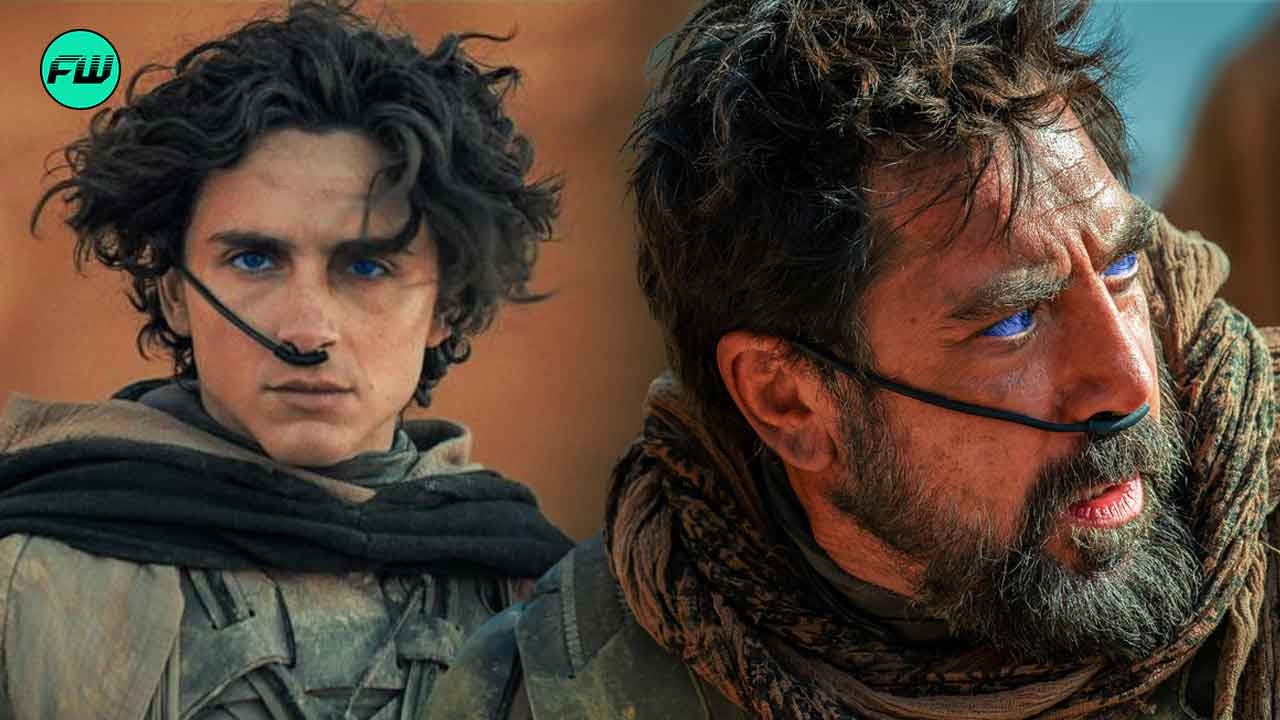One of the most notable features in Denis Villeneuve’s Dune: Part Two is the black-and-white aesthetics used in Austin Butler’s scenes. While viewers may assume this is another stylistic choice to amplify the ruthlessness of the Giedi Prime and its inhabitants, there is actually a deeper, more complex meaning.

The movie franchise never fails to impress the audience with its brilliant cinematography and spectacular views amid its wild and unforgiving terrains. The monochromatic palette of the Giedi Prime serves as a contrast to the arid landscapes of Arrakis.
Black-And-White Scenes In Dune: Part Two Explained By Cinematographer
Dune cinematographer Greig Fraser shared via Arri Rental how he and director Denis Villeneuve came up with the idea to shoot Austin Butler’s scenes in Giedi Prime using the black-and-white format.
“We’d been on this planet for night interiors in part one, but we’d never been outside, so we were discussing what it would look like. I did a test for Denis where the inhabitants have very pale white skin, based on the notion that there’s no visible light from the sun on Giedi Prime, only infrared light. When the characters go from inside to outside, they effectively go from normal light to infrared light.”
The infrared cinematography has intrigued Fraser, and incorporating it in the movie for technical purposes worked harmoniously with the story’s metaphorical concepts. As mentioned, the muted monochromatic color enveloping Giedi Prime represents the inherent darkness that pervades the planet.

Fraser also utilized this pallid palette to emphasize the Harkonnens’ love for fascism, outwardly giving each member a vampiric look enough to send chills down the spine. The scenes of Giedi Prime in Dune 2 didn’t waste the scenes on subtlety to show the Harkonnens’ inclination towards cannibalism when the movie introduced Austin Butler’s Feyd-Rautha in a nightmarish sequence.
Denis Villeneuve On Dune: Part Two’s Monochrome World

Denis Villeneuve provided a more in-depth explanation via Letterboxd for his artistic choice of utilizing black and white in scenes taking place in Giedi Prime.
“Giedi Prime is a plastic world, an artificial world cut from nature, a totalitarian environment where the ruler is fascist. And I thought that this idea to subtract color from their world will say something about their way of thinking. And I came with this idea that the sunlight will be monochromatic black and white.”
The monochrome palette definitely created a more impactful, villainous appearance on the Harkonnens, brought by the environment they grew up and lived in.
“Greig Fraser, of course, loved the idea, and he brought himself the idea of infrared cameras in order to shoot this, which will bring black and white, that the skin will become translucent, milky, and you will see the veins of the character and the eyes will be suddenly very piercing and reptilian.”
Villeneuve also added that the black-and-white scenes both depict the natural environment of the planet and its influence on its inhabitants’ character, culture, and psyche.
Dune: Part Two is now showing in theaters.




